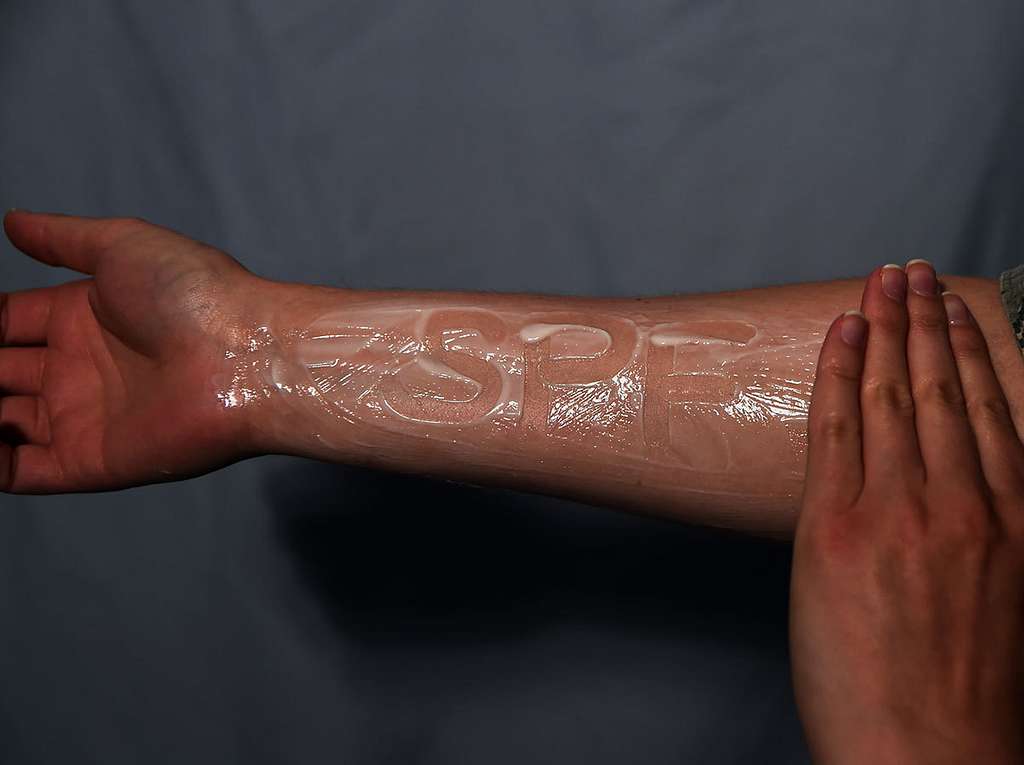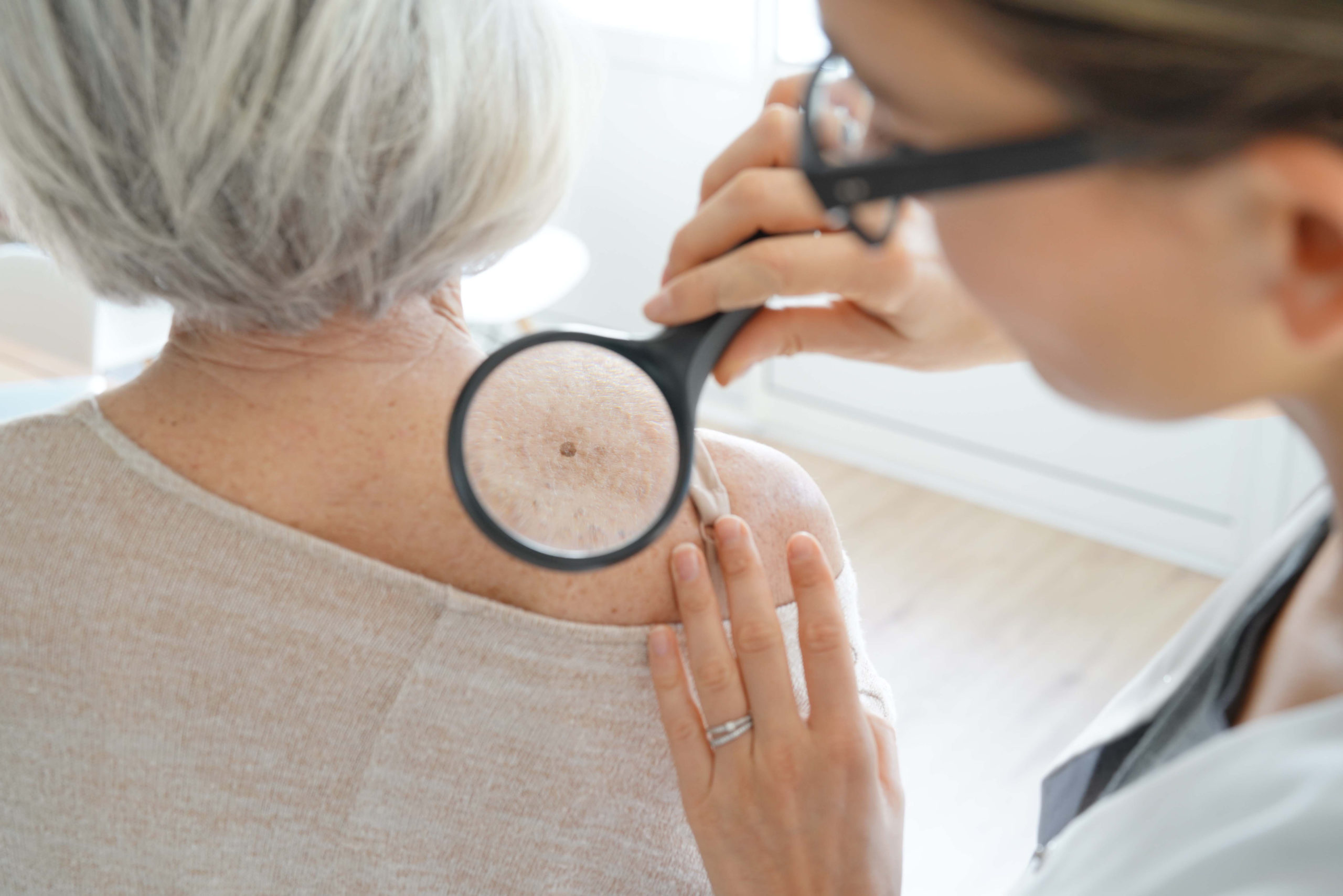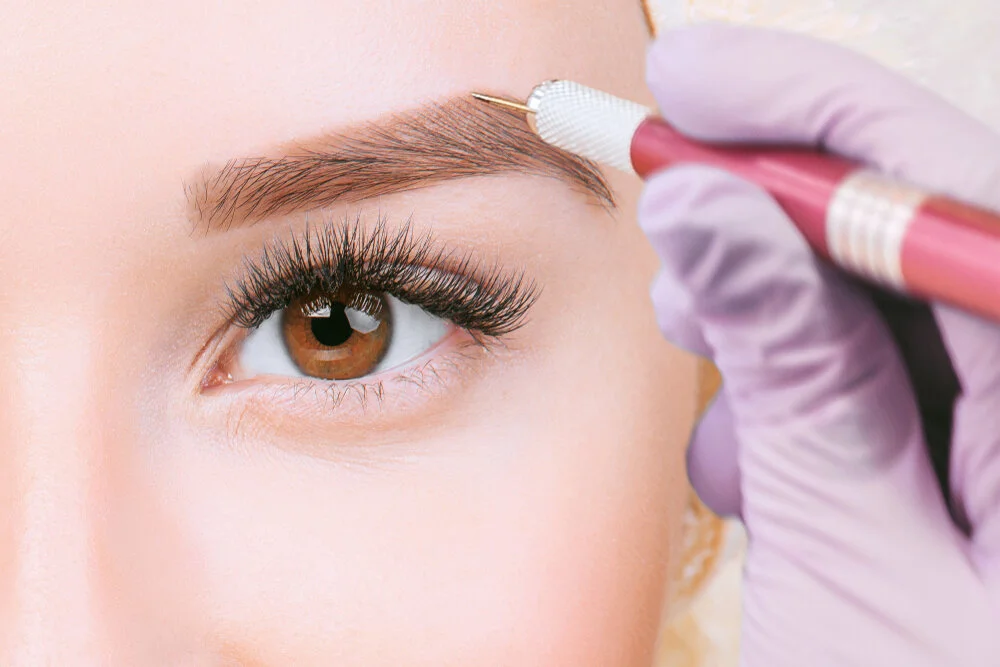
Early detection is one of the most effective defenses against skin cancer, and regular dermatology checkups are integral to that effort. These evaluations go beyond treating everyday skin concerns; they help identify suspicious changes before they become serious. For individuals at risk or those invested in long-term skin health, routine dermatology visits play a fundamental role in prevention and early intervention. Let’s explore the role of dermatology checkups in preventing skin cancer.
Why Skin Cancer Often Goes Unnoticed
Many people miss early signs of skin cancer during self-examinations. The disease develops gradually, and initial changes may appear subtle or harmless. Suspicious moles or growths often develop in areas that are difficult to see, such as the back, scalp, or between toes.
Professional dermatologists receive extensive training to recognize abnormal skin patterns that untrained eyes may overlook. They use specialized equipment and techniques to thoroughly examine the areas. The clinical environment at a skin care practice provides optimal lighting and tools for detailed examination.
What Happens During a Dermatology Checkup
A comprehensive skin examination at a dermatology checkup begins with a thorough review of the patient’s medical history. The dermatologist asks about family history of skin cancer, previous sun exposure, and any changes you have noticed in your skin. This information helps identify risk factors and areas that require closer attention.
The physical examination involves a systematic review of your entire body from head to toe. The dermatologist examines all visible skin surfaces, including areas covered by clothing. They use magnification tools to examine suspicious areas more closely and document the location, size, and characteristics of moles or other growths.
Key Risk Factors
Certain factors increase the likelihood of developing skin cancer, making regular dermatology visits helpful. Fair skin, light-colored eyes, and blonde or red hair create higher risk levels due to lower melanin protection. People with these characteristics benefit from frequent skin examinations.
A history of sunburns, especially during childhood, significantly increases skin cancer risk throughout life. Individuals who have experienced multiple severe sunburns should contemplate regular professional skin monitoring. Occupational or recreational sun exposure also elevates risk levels.
A family history of skin cancer creates a genetic predisposition that warrants careful monitoring. People with relatives who have had melanoma or other skin cancers should discuss appropriate screening schedules with their dermatologist. Having numerous moles or atypical moles also increases the need for professional surveillance.
Prevention Through Education
Regular dermatology checkups at a skin care clinic provide patients with opportunities to receive education on proper skin protection. Dermatologists provide guidance on selecting the right sunscreen, applying it correctly, and choosing protective clothing. This education helps patients develop effective daily habits for preventing skin cancer.
Professional examinations also establish baseline documentation of your skin condition. Dermatologists photograph and map existing moles, creating records that help track changes over time. This documentation proves valuable for detecting subtle changes that might otherwise go unnoticed. Patients learn to perform effective self-examinations through guidance from their dermatologist. While professional checkups remain fundamental, educated self-monitoring between visits helps identify new or changing spots that require prompt attention.
Schedule Your Dermatology Visit Today
Regular dermatology checkups offer a reliable method for detecting and preventing skin cancer early. Professional skin examinations identify problems that self-examinations might miss, significantly improving treatment outcomes when issues arise. Contact a qualified dermatology practice to schedule your comprehensive skin examination.




